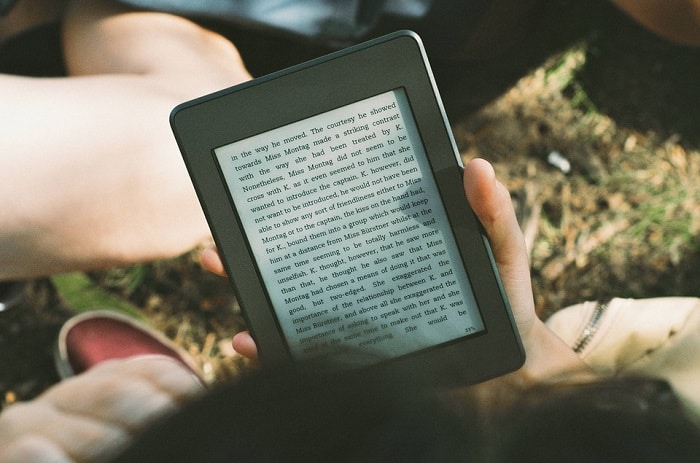How e-Readers and iPads Changed the Publishing Industry

TechsPlace | When Amazon’s Kindle hit the market in 2007 as one of the world’s first e-Readers, no one could have anticipated that the 400-dollar e-reader would sell out in five and a half hours or how the Kindle would impact the publishing industry, much due to Amazon’s intelligent marketing strategies.
Before the Kindle, the digital market for books was a minute entity in comparison to the burgeoning Barnes & Noble and other trendy, popular bookstores. For many consumers, the thought of reading from anything other than a book was a strange concept, so a lot of skepticism surrounded the release of the Kindle. Amazon responded by releasing a Kindle case that forced the device to be held like a book. As a result, there was little faith in the digital book market from major players in the book publishing industry, and looking back it is no wonder how little time was invested by publishers into preparing for the launch of the Kindle and Amazon’s marketplace; they expected digital books, after all, to merely be another segment of the book-buying market, not become a major competitor.
Much is owed to Amazon for pushing price competition in the online market and making it a viable alternative to bookstores. Since the first generation Kindle, Amazon has sold books at far lower rates than other sellers, often charging $9.99 for new books. Doing so cost Amazon a few dollars on every purchase but also pushed consumers to purchase the Kindle in order to access these unmatched deals. This made Amazon the most popular bookseller online and hurt the offline book industry, as booksellers like Barnes & Noble and smaller online distributors with smaller pockets were unable to cut consumers similar deals.
You can also check – apkzoo
For some time, Amazon accounted for 60% of all digital book purchases.
Then, Apple’s iPad entered the market as a competitive tablet and e-reader. In order to release Amazon’s stranglehold on the market, Steve Jobs, publishers, and book distributors entered into a wholesale agreement, which allowed publishers to set prices on books sold online and help keep the offline book market relevant. In return, distributors received a bigger cut out of each sale. The collective allegedly forced Amazon into the same agreement, driving e-book prices up and allowing smaller distributors the opportunity to remain competitive in the market.
This agreement has since put Apple under federal investigation by the Department of Justice under accusations that the distributors and publishers worked together to fix prices on e-books. Amazon announced that a recent settlement on the case was “a big win for Kindle owners” and said they are planning to lower their e-book prices once more.
While the settlement is a major win for consumers, publishers fear these pricing wars threaten the publishing industry, due to other distributors being unable to offer the same prices on e-books as Amazon. But the battle has largely remained reminiscent of the ongoing struggle between the film and television industry and their consumers who have taken to the low-cost services Netflix offers. Yet, despite consumer uproar over increasingly expensive cable plans, major players in film and television aren’t responding to consumer complaints. Instead, they are attacking Netflix by refusing to sell the company content, resulting in Netflix releasing lackluster titles in recent months.
Although the future of the publishing industry and offline bookstores remain a mystery, the digital marketplace is increasingly becoming more popular as consumers turn online more often for low-cost, convenient content. For now, we have Amazon to thank for the competitive prices offered on e-books. We can only hope the deals are here to stay.





